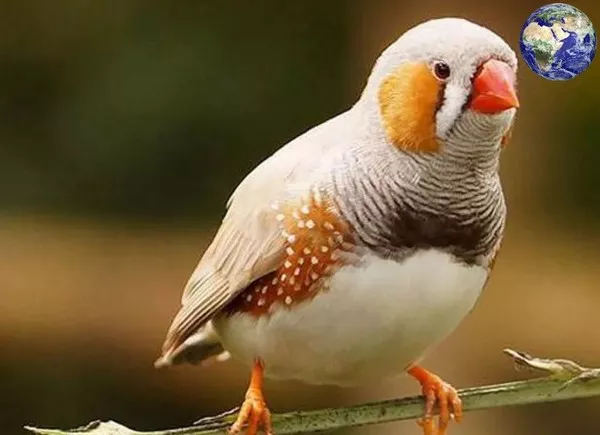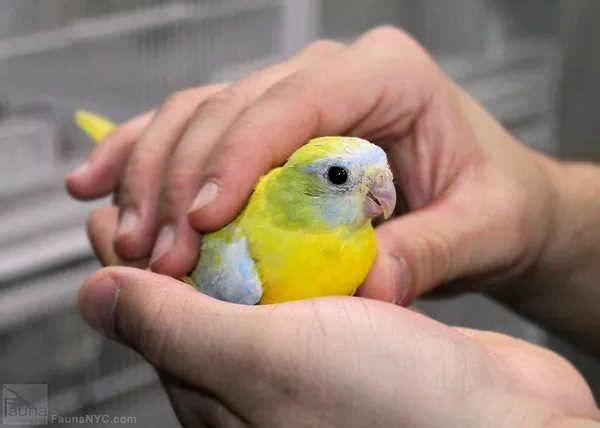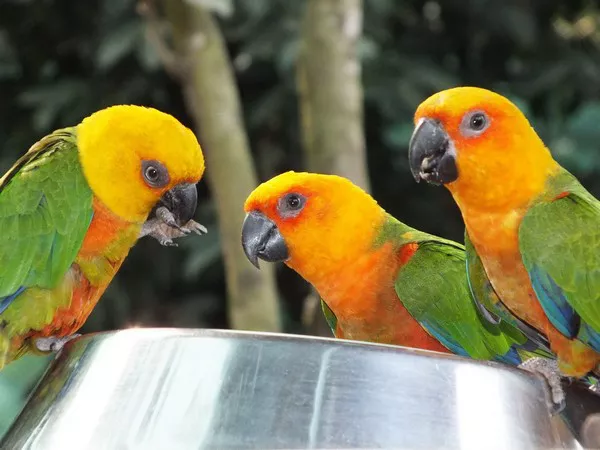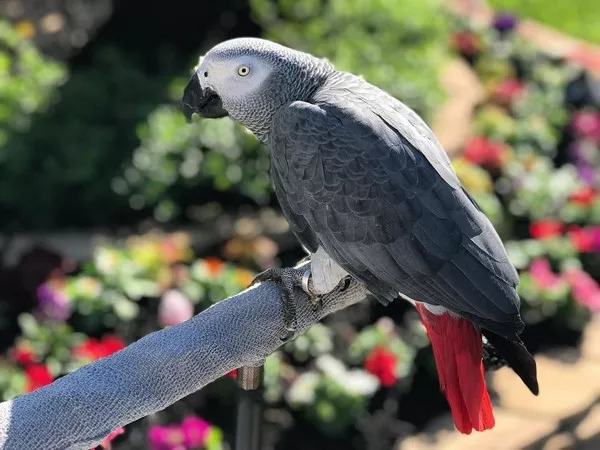Grey parrots, scientifically known as Psittacus erithacus, are popular and intelligent parrots known for their striking grey plumage and exceptional talking abilities. These birds are native to certain regions of Africa and have captured the fascination of avian enthusiasts worldwide. If you’re curious about the natural habitat of grey parrots and where you can find them in the wild, this article will provide you with a detailed overview.
Habitat Range of Grey Parrots
Grey parrots are primarily found in the tropical rainforests and adjacent habitats of West and Central Africa. Their natural range includes several countries, and they are known to inhabit the following regions:
West Africa: Grey parrots are found in countries such as Guinea, Sierra Leone, Liberia, Ivory Coast, Ghana, Togo, and Benin. These birds inhabit the dense, lush rainforests of this region.
Central Africa: In Central Africa, grey parrots are found in countries like Cameroon, Equatorial Guinea, Gabon, the Republic of the Congo, the Democratic Republic of the Congo, and Uganda. They thrive in the dense rainforests of this region as well.
Habitat Characteristics
Grey parrots are highly adaptable birds that have evolved to live in the complex and dynamic environments of tropical rainforests. Their natural habitat offers several distinctive characteristics:
Lush Rainforests: These parrots are most commonly associated with the dense canopy of tropical rainforests. They prefer areas with an abundance of tall trees, which provide both food and shelter.
Tree Hollows: Grey parrots are cavity-nesting birds, which means they often make their homes in tree hollows. These hollows offer protection from predators and the elements.
Fruit-Rich Environments: Grey parrots primarily feed on a diet of fruits, seeds, nuts, and vegetation. They are particularly fond of the fruits found in their natural habitat.
Social Birds: Grey parrots are highly social and often form flocks. These flocks can range from a few individuals to several dozen birds. Being part of a flock provides safety and facilitates mating opportunities.
Conservation Status
Despite their remarkable popularity as pets and their prevalence in the pet trade, grey parrots face significant conservation challenges in the wild. The primary threats to their survival include habitat loss due to deforestation, illegal trapping for the pet trade, and the impact of climate change.
Habitat Loss: The rapid deforestation of African rainforests is causing the destruction of the grey parrot‘s natural habitat. This loss of nesting and foraging sites threatens their populations.
Illegal Trade: The grey parrot is one of the most heavily traded parrot species in the world. The illegal capture and trade of these birds pose a severe threat to their populations, and efforts to combat this practice are ongoing.
Climate Change: Climate change is altering the distribution of suitable habitats for grey parrots. Changes in temperature and rainfall patterns can disrupt their natural range.
Conservation Efforts
Efforts to protect grey parrots and their habitats are critical for their survival. Several organizations and initiatives are working towards these goals, including:
CITES Listing: Grey parrots are listed under Appendix I of the Convention on International Trade in Endangered Species of Wild Fauna and Flora (CITES), which bans international trade of wild-caught individuals.
Protected Areas: Establishing and maintaining protected areas and reserves in their natural habitat helps safeguard grey parrot populations.
Research and Monitoring: Scientists and conservationists conduct research to better understand grey parrot behavior, habitat requirements, and threats. Monitoring their populations is essential for effective conservation.
Conclusion
Grey parrots, native to the tropical rainforests of West and Central Africa, are magnificent birds with a complex and fascinating natural history. Understanding their natural habitat and the conservation challenges they face is crucial for those interested in these birds. Efforts to protect their habitats, combat illegal trade, and mitigate the effects of climate change are essential to ensure the survival of grey parrots in the wild.
Recommended reading:
























